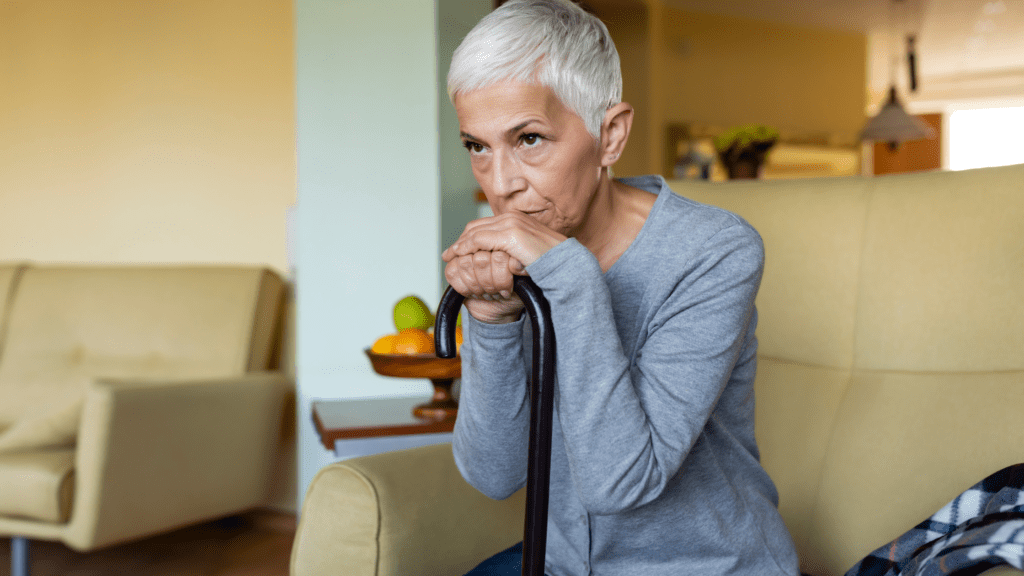Previously known as Reflex Sympathetic Dystrophy (RSD), Complex Regional Pain Syndrome (CRPS) is caused by an injury to the sympathetic nerves, resulting in severe pain. The condition can be catastrophic, permanent, and disabling.
CRPS can be difficult to diagnose as there is no single test which can be carried out to give you a yes or no answer. Doctors may carry out the following tests:
- Blood tests: carrying out blood tests can discover whether you have an underlying infection causing the pain or rheumatoid arthritis.
- X-Ray: an x-ray or bone scan on the affected limb can show any problems of bone thinning (osteoporosis) or any other abnormalities with the bones and joints.
- MRI scan: used to find if there are any other underlying problems with your bones or tissue.
- Nerve conduction studies: doctors may carry out tests which involve blocking the sympathetic nervous system with an anaesthetic. If they find that blocking this system relieves the pain, then they know they can focus in on it as the cause of the pain.
Budapest Criteria
The Budapest Criteria is often used to diagnose CRPS and differentiates between ‘signs’ and ‘symptoms’.
Symptoms:
- Sensory – Hyperaesthesia (an abnormal increase in sensitivity), and/or allodynia, which is pain caused by stimuli which shouldn’t trigger a painful response. Examples of allodynia include lightly touching the affected limb, perhaps by moving a bedsheet or by a gentle tap on the wrist.
- Vasomotor – Skin colour changes and/or changes in temperature of the limb.
- Sudomotor/oedema – Swelling of the limb and/or an excess of sweat from the affected limb, or changes in sweating swelling of the limb.
- Motor/Trophic – Decreased range of motion and/or motor dysfunction, including weakness, spasms, tremors or wasting. Trophic changes include changes to the hair, nails or skin on the affected limb.
Signs:
- Sensory: Hyperalgesia (to pinprick), a heightened sensitivity to pain, and/or allodynia to light touch or deep somatic (physical) pressure and/or joint movement
- Vasomotor: temperature differences between the limb, and/or skin colour changes and/or skin colour changes between the limb
- Sudomotor/oedema: oedema and/or sweating changes and/or sweating differences between the limbs.
- Motor/trophic: decreased range of motion and/or motor dysfunction (ie weakness, tremor or muscle spasm) and/or trophic changes (hair and/or nail and/or skin changes)
Types of CRPS
There are two types of CRPS:
- type 1, previously known as reflex sympathetic dystrophy or RSD, and
- type 2, previously known as causalgia.
The difference between these two types is whether nerve damage is involved.
Diagnosing CRPS Type 1 is particularly difficult as there is no damage to the nerves and usually no damage to the bone and little damage to the tissue. The pain is out of proportion to the accident or injury that occurred and the main symptoms are usually allodynia, continuing pain, and hyperalgesia, disproportionate pain to touch, movement or pressure.
CRPS Type 1 is usually diagnosed if the above symptoms are found as well as some kind of oedema, changes to the blood flow (and therefore temperature) in the affected area and other conditions have been ruled out.
Type 2 is the rarer of the two conditions. CRPS Type 2, formerly known as causalgia, is a severely painful and chronic condition which develops as a result of an injury to a peripheral nerve. The pain associated with CRPS Type 2 is usually described as an intense burning which doesn’t subside and the pain is specific to the affected area, due to the injury to the nerve.
CRPS Type 2 is different to Type 1 because of the tangible nerve injury which can be found and also because the pain doesn’t migrate from the original site. Whilst Type 1 may result in pain in the whole limb over time, CRPS Type 2 is a condition which remains specific to the original place that was injured.
CRPS Type 2 is caused by a trauma to a large nerve in one of the limbs, usually in the peripheral nervous system. CRPS Type 2 can be caused by a simple injury or something more traumatic such as a car accident or a fall from height. The disease progresses over time and can result in loss of movement and mobility in the effected limb, alongside increased pain.
The symptoms of CRPS Type 2 are quite similar to those of CRPS Type 1 which is why full diagnosis needs to be carried out by your doctor who may refer you to further specialists to ascertain the exact root cause of the pain. Symptoms of CRPS Type 2 include the burning pain already mentioned as well as sweating, discolouration to the skin in the affected area and hyperalgesia, extreme pain felt from disproportionate action such as light touch, pressure or movement.
CRPS Type 2 can also change the rate at which hair and nails grow and it’s also more common that the joints in the affected area may seize up or spasm.
There are no specific tests for CRPS Type 2 and like Type 1 it is mainly diagnosed through symptoms, by professional doctors and specialists who may carry out a range of tests such as MRI scans and blood tests, to rule out other conditions rather than pinpoint CRPS.
Who can get CRPS?
CRPS can affect people of any age, including children, but it tends to be more common in women who are 60 to 70 years of age. CRPS is often very misunderstood and misdiagnosed, but in particular if you develop pain in the aftermath of an injury or trauma that lasts longer than six months, speak to your doctor.
If you are suffering from fibromyalgia, CRPS, or any chronic pain condition as a result of an accident that was not your fault, and even if you have an existing claim, get in touch with Brian Barr Solicitors to see if we can assist. It is simple and hassle free to move your claim to Brian Barr Solicitors who are experts in dealing with chronic pain litigation. Call us today on 0161 737 9248 or visit our website (www.brianbarr.co.uk) to find out more.
We do not endorse any research, studies or sources mentioned within our blogs and comments. The blog is for information purposes only as we are not medical professionals. We do not endorse any medical advice provided and would strongly recommend anyone seeking medical advice to contact their local healthcare provider before any changes to treatment and / or management of your condition is undertaken.

















